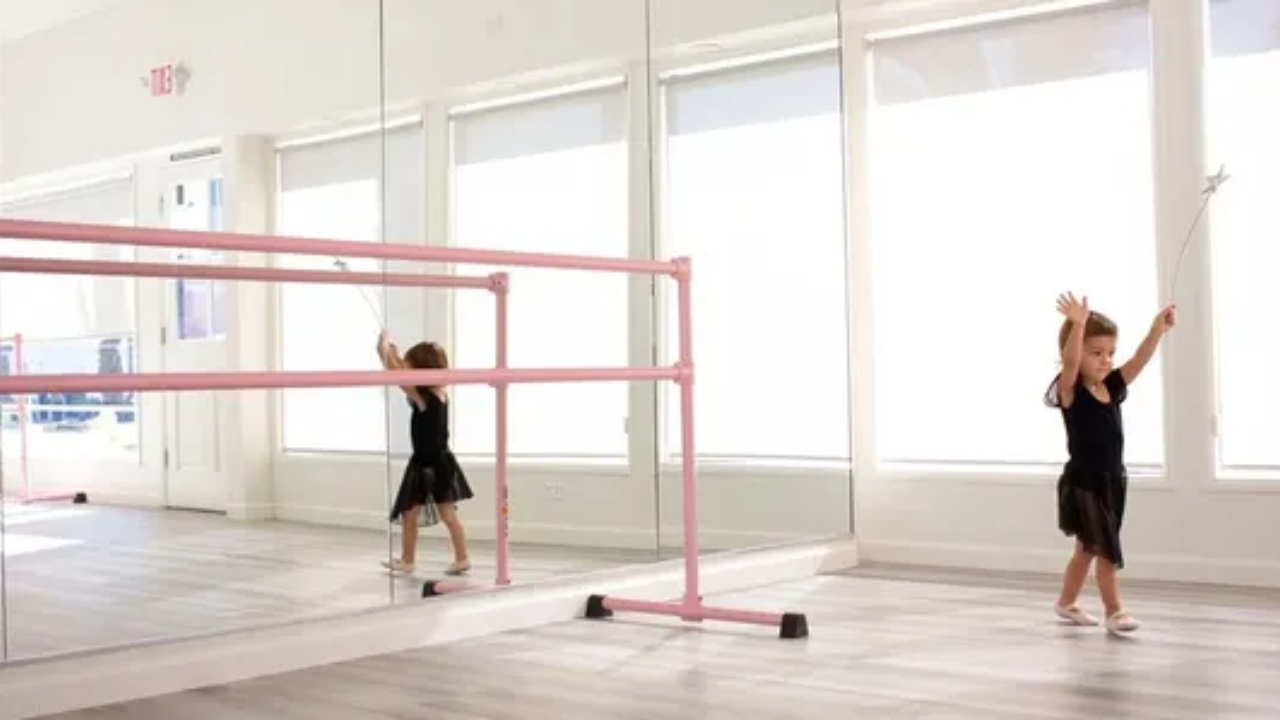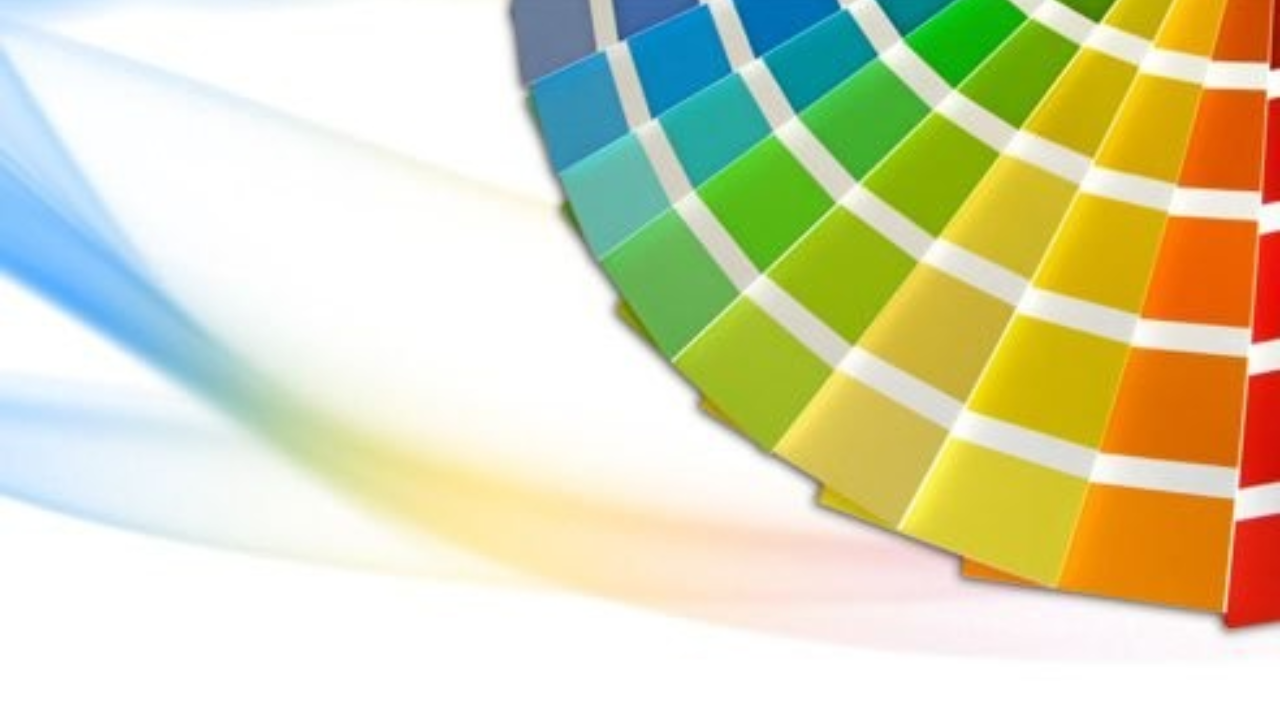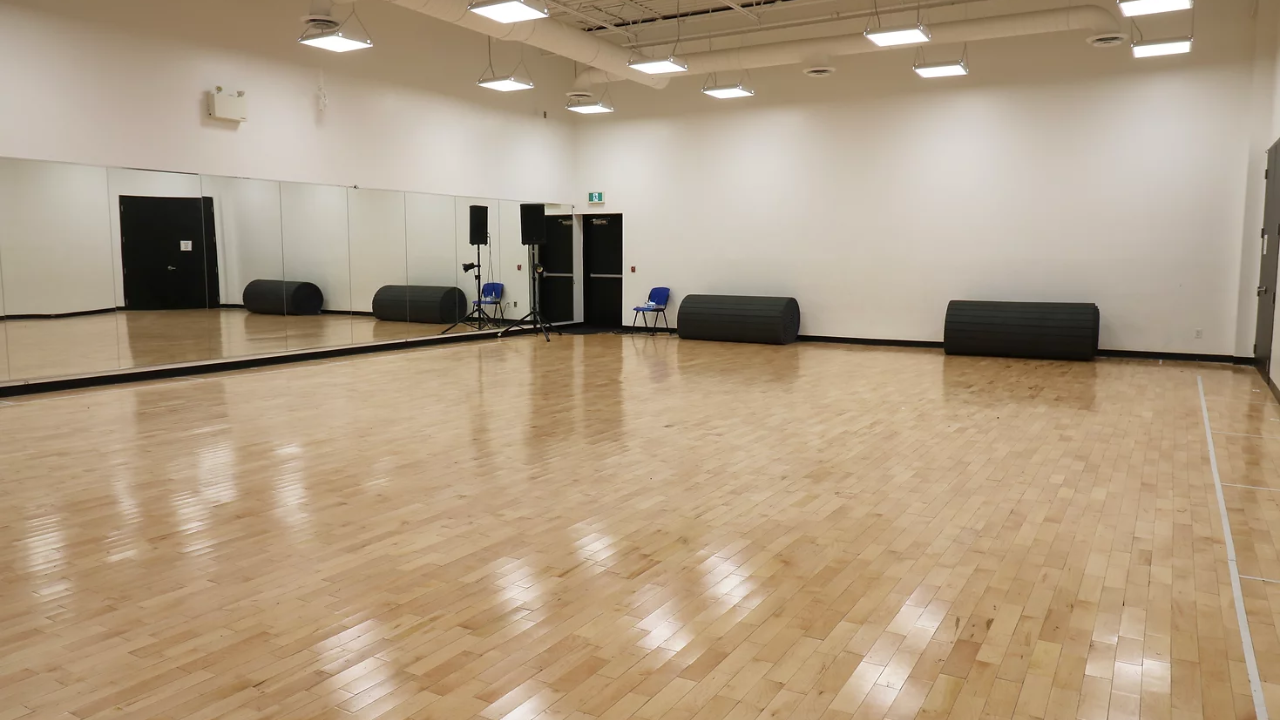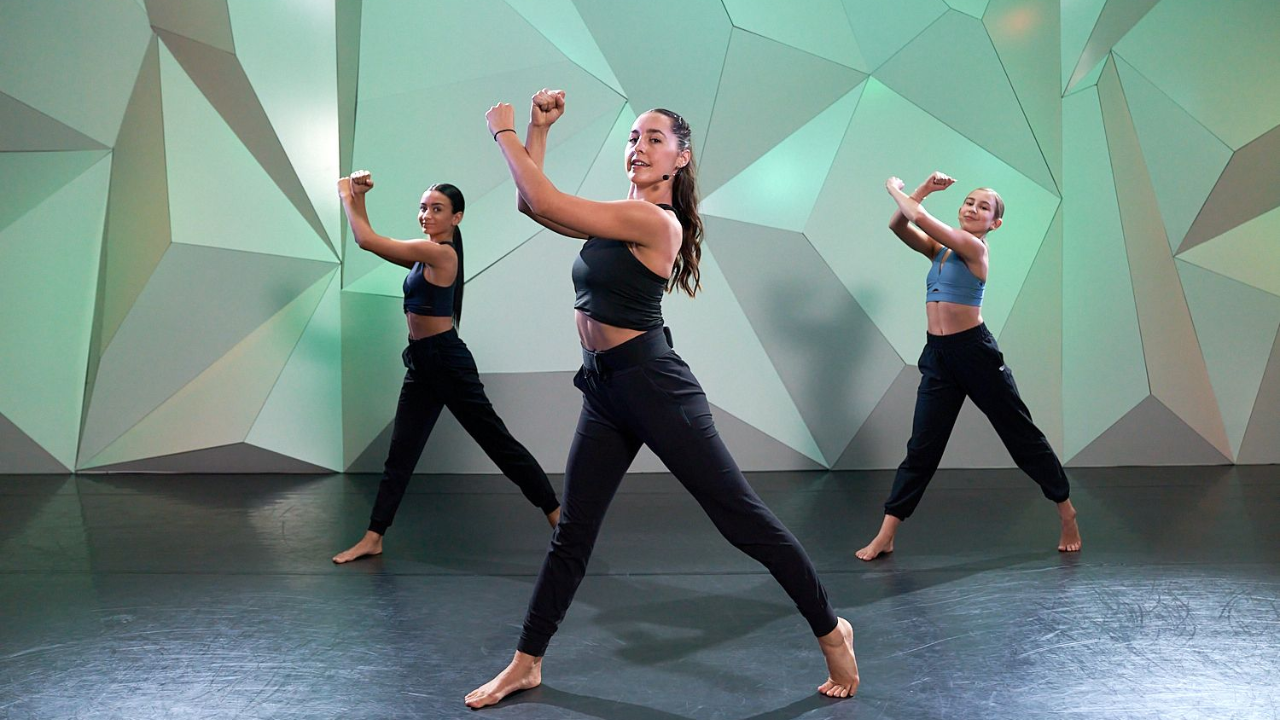What is the Best Colour Combination for a Dance Studio?
Color scheme plays a very important role in creating an appealing and efficient environment for a inclusive dance studio. In combination with the subject, chosen also improve the appearance of the picture and predetermine the creativity, focus, and movement.
Table of Contents
ToggleBack splashes in pastel colors like white, beige or light gray makes the room appear big while intense colors such as red, orange or yellow intensify the space. Pale baby blue or baby pink, lilac or light green for relaxation types of dance which may include; stamps or beautifully tranquilizing colors that may include; lavender or mint green.
The colors should fit the purpose of the studio; is it for kids, a dance studio, a professional rehearsal studio, or a yoga place for ballet, etc.
Understanding the Role of Color in a Dance Studio

Colors affect thought patterns and mannerisms as well as efficiency and morale. You should understand that the colors present in the dance studio interior design can affect the mood and focus of the dancers, as well as their relaxation process. Color schemes should be chosen in a proper way to provide favorable conditions for creative work and avoid fatigue. It is also wonderful to consider the form of dance that is performed in the studio. For example, the use of soft pastel colors can be the proper design for a ballet studio, while hip-hop dance studios require a vibrant and energetic palette of colors.
Transform Your Dance Studio Experience with Swyvel!
Streamline your operations, enhance student engagement, and elevate your studio’s success. Start using Swyvel today!
Get Started NowBest Color Combinations for a Dance Studio: Creating the Perfect Ambiance
What are the best colors for a dance studio? is a question that arises when choosing colors for the studio. These are some of the best dance studio color combinations for creating a vibrant, motivating, and comfortable look:
Ready to Elevate Your Dance Studio?
Join the revolution of dance studio management with Swyvel. Enhance your studio’s efficiency and student satisfaction!
Contact Us1. Neutral Base with Accents: A Classic Approach

Because of their adaptability, dance schools often include neutral hues such as white, light grey, and beige. These colors act as a blank canvas on which other studio components may be highlighted. For dancers who must see their motions, they present a neat and roomy appearance that is really vital. For studios with limited natural light, white walls can help to make a tiny area seem bigger and more brilliant.
To reduce the effect of a sterile feel, add accent colors to the setting. Hence, soft tones such as soft blue, muted pink, or lavender may be used as accent colors on the wall and they are best suited for practices that involve a lot of concentration such as ballet or contemporary dance. That is why comfortable colors like peach or light coral can be applied to the areas where people should feel friendly.
Recommended Combinations:
- White or light grey walls with a soft blue accent wall.
- Beige walls with muted pink trim.
- Light grey with pastel accents such as lavender or pale yellow.
2. Monochromatic Colors: Creating Depth and Consistency
Applying a monochromatic color scheme in the design of a dance studio makes the studio look fashionable and contemporary. This one is done by employing different shades of the same color to provide modality as well as additional appeal. For instance, pale sky, and nearly black navy blue give feelings of relaxation and concentration, respectively. Primary colors also work very well, especially for studios that want a lot of unity in the style.
For example, a ballet studio should contain design and colors that match, such as light pink or gray, which will look great. This method produces the illusion that the area will seem not to be unduly packed but will have so much flair and sophistication.
Recommended Combinations:
- Shades of blue: pale blue, sky blue, and navy.
- Shades of pink: blush, rose, and dusty pink.
- Shades of grey: light grey, charcoal, and dark slate.
3. Warm and Earthy Tones: For a Cozy and Inviting Space
Dance studios seem comfy with beige-toned terracotta and warm brown. These tones are peculiarly helpful when studying national or classical dances since they provide the atmosphere of the earth. Retaining students in dance studio environments can be influenced by such thoughtful designs, as they create a welcoming and inspiring space. They also can be in harmony with the wooden flooring of the interior and can thus be adopted as the interior design.
Warm tones of colors are ideal for establishing more comfortable lighting zones which is very suitable for a dancer to find some comfort while practicing. Applying something as simple as warm lighting to combine with the colors will make the atmosphere cozier and thus create a better environment in the studio.
Recommended Combinations:
- Light beige walls with terracotta accents.
- Warm brown walls with tan or cream accents.
- Olive green with sandy brown or taupe.
4. Vibrant and Bold Colors: Energize the Space
The utilization of vibrant colors is feasible to cultivate an electrifying environment in dance studios that specialize in high-intensity dance activities, including Latin, jazz, and hip-hop. The strategic positioning of the studio’s atmosphere can be achieved by employing bright colors, including red, orange, and bright yellow, which can contribute to interstellar energy.
However, it would be better to apply bold colors in restricted measures so as not to over-saturate the space. For instance, painting a single wall in bright colors, or making bold statements through hanging, furniture or mirrors can produce depth should they not overwhelm the room. To avoid thereby overwhelming the entire look, the intensity of these vivid chromatic notes must be moderated with neutral or pastel tones.
Recommended Combinations:
- Bright red or orange accent wall with white or light grey.
- Bold yellow with soft cream.
- Electric blue with neutral grey.
5. Dark and Moody Colors: A Contemporary and Edgy Look

Dark hues can provide drama and contemporary style to a dance studio. Dark colors like charcoal, deep purples, and navy can create a dramatic look. These colors serve best for studios that try to establish the atmosphere of a strict and elegant approach, which is beneficial if the studio provides learning of contemporary or lyrical dance.
A very important thing to consider before applying dark colors is to ensure that there is sufficient light to prevent the house from being fully enclosed. Having dark colors on one wall alone and lighter colors on the other walls can also add up to substantiate depth and contrast within the room but at the same time can still make the room comfortable.
Recommended Combinations:
- Deep navy or charcoal with crisp white.
- Dark purple with pale grey.
- Charcoal with light wood accents.
Flooring and Its Impact on Studio Design
When considering what color dance studio floors should be, select materials that complement the entire design. One of the most dominant types of studio floors is the wooden floors, they both look great and serve their purpose. Homes with light oak or maple flooring are perfect for neutral and warm-colored studios and the high-contrast wood tones of walnut or cherry add dramatic influence in studios with bold or monotone colors.
In cases where the studio mainly deals in ballet, the use of a light shade of colored floor assists in capturing the dancers. On the other hand, darker shades of the floor can be used to give a more down-to-earth feel to hip-hop or jazz dancing classes.
Key Considerations for Dance Studio Interior Design

To dance studio interior design effectively, there are several factors to keep in mind beyond color selection:
1. Lighting: The natural light is the best, but if unavailable, select strongly lit lighting and control it to optimize the ambiance of the studio. Warm lighting looks appropriate when used together with earthy colors and bright white lighting when used together with cool colors.
2. Mirrors: Dance studios require mirrors because dancers have to see as they perform their moves. Furnishing should be arranged to include positioning mirrors in a manner that bounces light off the walls and ceiling to make the room seem larger.
3. Safety: Make sure the color of the floor and any furniture in the studio is safe for use for dancing or even practicing. Select flooring with a slip-resistant surface and refuse to have sharp corners and edges on furniture.
4. Versatility: If the studio features a variety of dance moves, you should choose colors that are appropriate for different types of events. Places that use only colors that are not associated with a specific tone are conducive to versatility.
Bringing It All Together: Choosing the Right Combination for Your Dance Studio

The color combination that should be used in a dance studio should be chosen based on the needs of the studio, the form of dancing that is practiced, and the target market. However, neutral colors give flexibility to dance, and depending on the location or vicinity, accents, bold colors, or monochromatic colors give character to the studio. Other factors which may require consideration include; Depending on the kind of dancing to be done or the atmosphere that needs to be created or even the color of the dance studio floor, then this ensures the correct design is created for the dancers.
In conclusion, a dance studio does not only denote its looks but also establishes an atmosphere that would promote dance as a fine art. When selecting the right attire for your dance studio, then one should consider the colors complementing the energy of the studio. By includes the following tips for designing a dance studio to foster a motivating environment where dancers of all levels can easily practice without undue stress and feel motivated and at ease.
For more insights on dance studio design and to explore innovative design solutions, visit Swyvel.io, where we help you create spaces that move you.
